Mr. Nguyen Van Quan, Deputy Director of the Department of Agriculture and Environment, commented: “In this year's summer-autumn rice crop, farmers are facing many difficulties because the prices of input materials for production such as rice seeds, fertilizers and pesticides are high, while the price of commercial rice tends to decrease, thus not bringing high profits to farmers. The number of cooperatives and cooperative groups formed in production areas is not much, the area of production linkage is still small, thereby making it difficult to organize production linkages along the chain. The summer-autumn crop is produced during the rainy season, the rice harvest period lasts more than a month, and it is likely that a small number of areas will be harvested right at the time of the rain, affecting product quality, especially on rice varieties ST24 and ST25”.
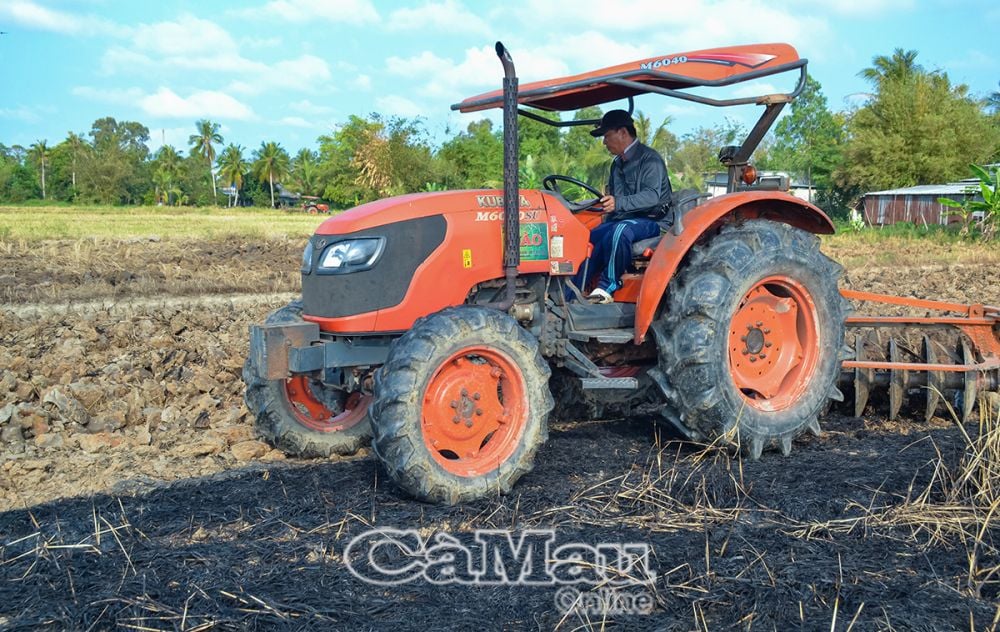
Currently, farmers are speeding up land preparation to plant summer-autumn rice in time according to instructions from experts.
Tran Van Thoi District is the locality with the largest summer-autumn rice production area in the province, with nearly 29,000 hectares. Mr. Nguyen Viet Khai, Deputy Head of the District's Department of Agriculture and Environment, said that in addition to the high price of agricultural materials, farmers in the district are facing difficulties in plowing and drying the soil. The reason is that this year there was a lot of unseasonal rain, the soil was soft, so in many places farmers did not plow but had to plow, increasing the cost of weed control and rice husking.
Mr. Khai informed that, up to now, farmers in the whole Tran Van Thoi district have plowed 27,884 hectares, reaching 96% of the summer-autumn rice crop production area. Accordingly, farmers have planted seeds very slowly compared to the same period, currently planting 2,711 hectares, equivalent to 9.36% of the plan.
To produce the summer-autumn rice crop effectively, since mid-March, the Department of Agriculture and Environment has guided the sowing schedule and seed structure for the crop production. Accordingly, the first sowing period starts from April 20 to May 10, before the rainy season really begins, for harvest from late August to early September. Regarding the conditions and sowing area, the land must be plowed, with little weeds, wild rice, grassy rice, little salinity, and good drainage. The sowing area is high mounds, areas without a closed dike system that can store fresh water on site, and may lack water at the end of the season. The method is dry sowing (dry seeds without soaking) or improved gat sowing (soaked seeds, incubated to crack).
Sow the second batch from May 10 to June 20, to harvest from early September to early October. Conditions and sowing areas are that the land must be plowed, tilled, plowed, leveled, and weeded on the banks and under the fields. Sowing areas are medium to low-lying terrain areas, with a closed dike system that can store fresh water on site. Sowing method: soak seeds, incubate for 25-30 hours) or improved sowing method: soak seeds until they crack.
According to calculations by the industry, to plant 35,244 hectares of summer-autumn rice, the demand for rice seeds is about 4,200 tons; the demand for various fertilizers is about 8,000 tons, and the demand for various pesticides is about 100 tons.
To reduce production costs and ensure that rice farmers earn a profit of over 30%, Mr. Nguyen Van Quan recommends that farmers apply scientific and technical measures, reduce the amount of seeds sown at a reasonable density (dry sowing, improved sowing with a seed quantity of 90-110 kg/ha; sowing with a seed quantity of 80-100 kg/ha), and avoid sowing densely, as rice plants are susceptible to pests and diseases and lodging. Increase the use of organic fertilizers, microbial fertilizers, biological fertilizers... to replace inorganic fertilizers in appropriate proportions to reduce production costs. Apply balanced fertilization according to the needs of rice plants, pay attention to applying potassium and silicon fertilizers to help the rice plants become strong, limit lodging, and increase the application of lime and phosphate. Do not overuse foliar fertilizers, especially near harvest, which will affect the quality of rice. Use plant protection drugs safely and effectively according to the "4 rights" principle; Increase the use of microbial drugs, do not use pesticides early in the first 40 days after sowing, stop spraying pesticides 15-20 days before harvest (ensure quarantine time) to avoid pesticide residues in rice, ensuring food safety for consumers./.
Central Peak
Source: https://baocamau.vn/huong-san-xuat-lua-he-thu-co-lai-tren-30--a38717.html



![[Photo] "Lovely" moments on the 30/4 holiday](https://vphoto.vietnam.vn/thumb/1200x675/vietnam/resource/IMAGE/2025/5/1/26d5d698f36b498287397db9e2f9d16c)
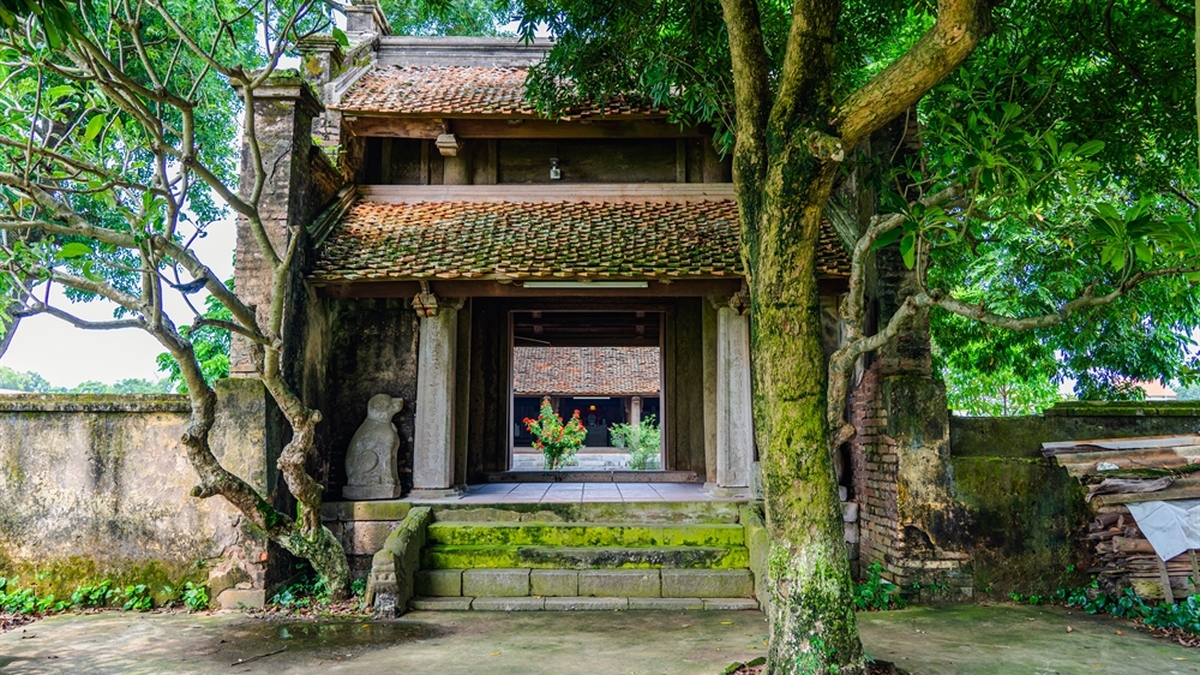
![[Photo] Ha Giang: Many key projects under construction during the holiday season](https://vphoto.vietnam.vn/thumb/1200x675/vietnam/resource/IMAGE/2025/5/1/8b8d87a9bd9b4d279bf5c1f71c030dec)
![[Photo] Binh Thuan organizes many special festivals on the occasion of April 30 and May 1](https://vphoto.vietnam.vn/thumb/1200x675/vietnam/resource/IMAGE/2025/5/1/5180af1d979642468ef6a3a9755d8d51)
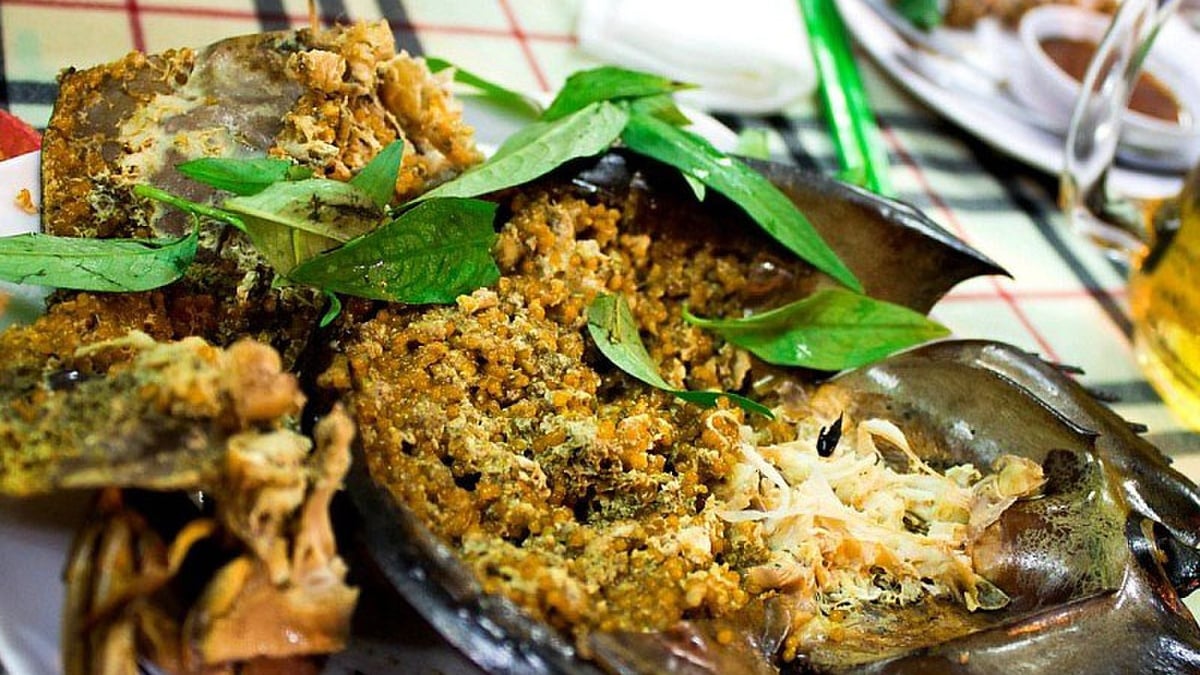

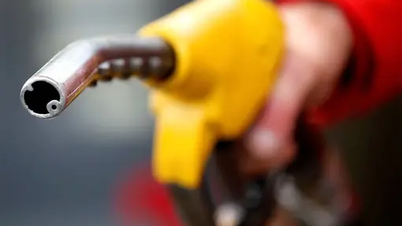
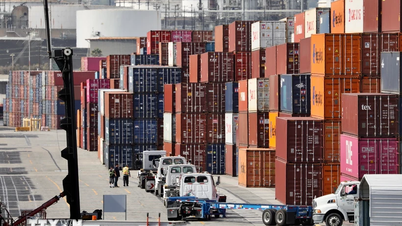
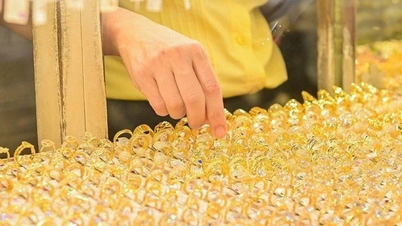
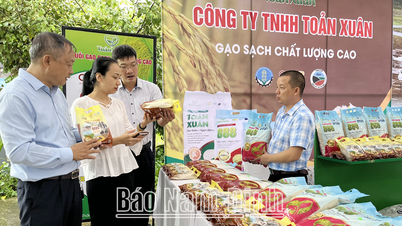








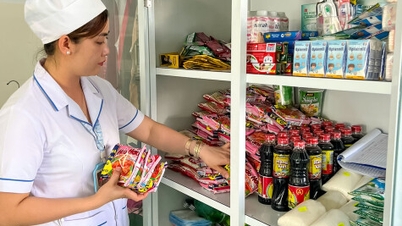
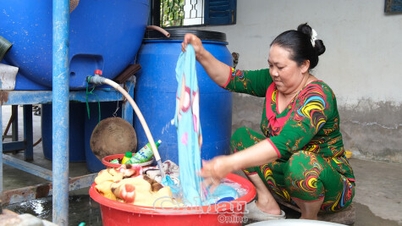










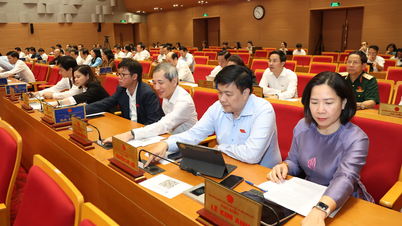



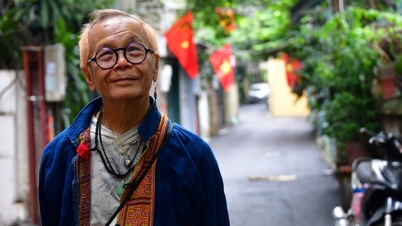

















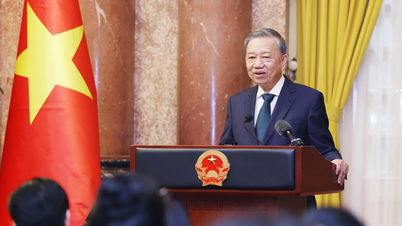
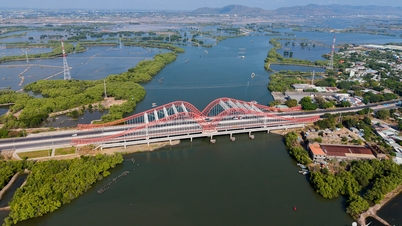



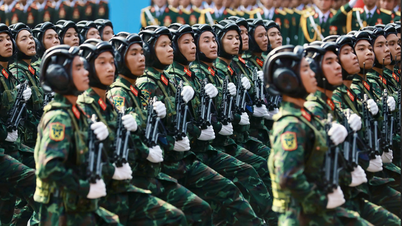
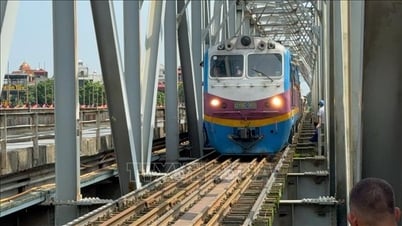

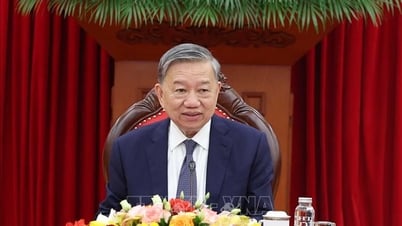
























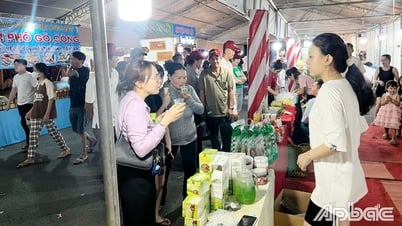





Comment (0)